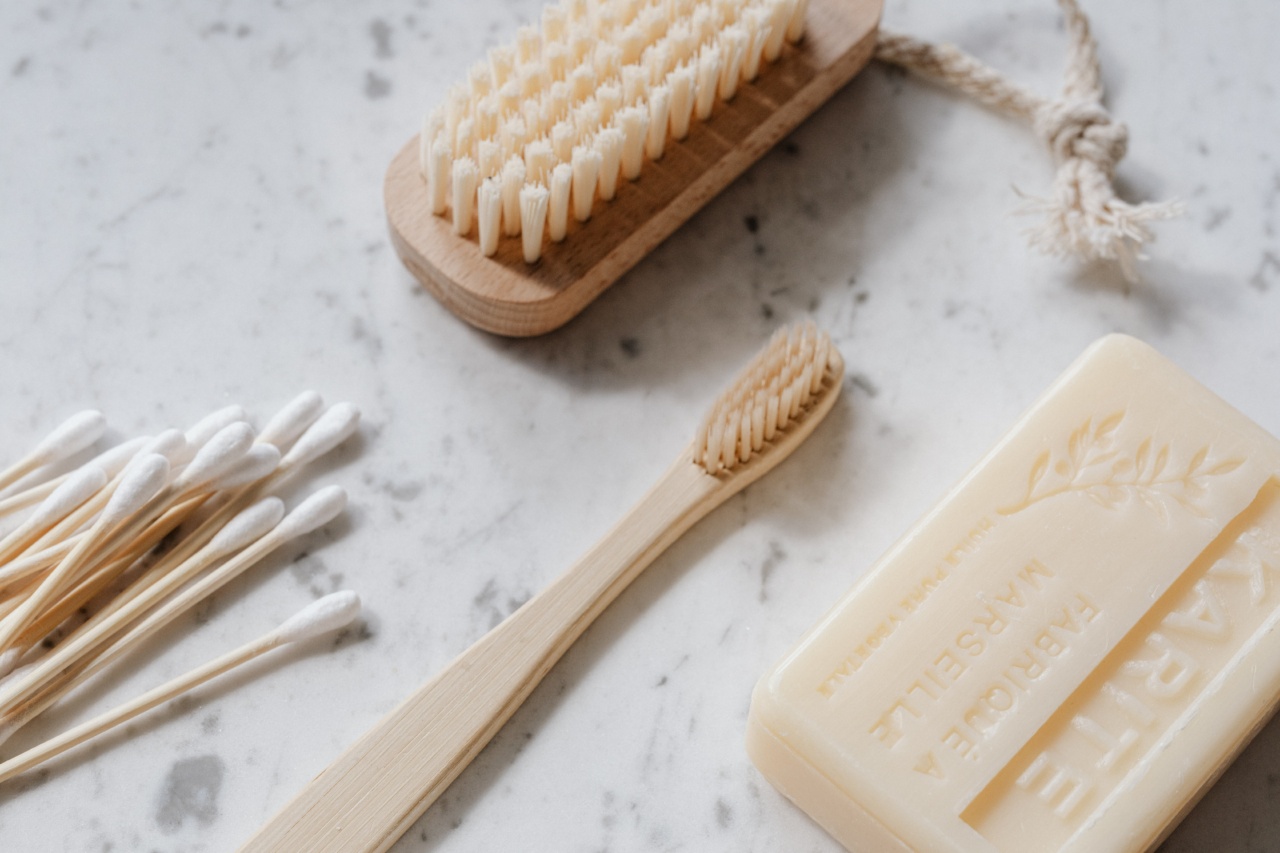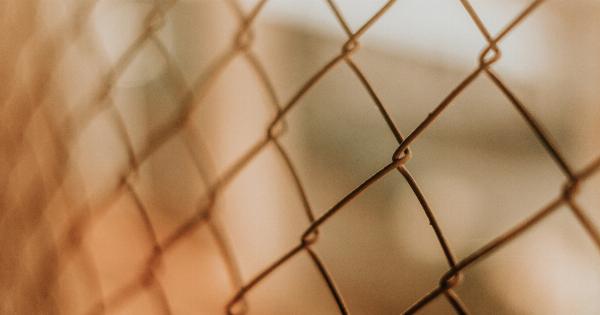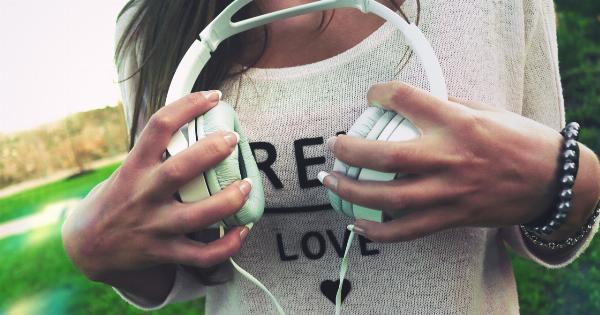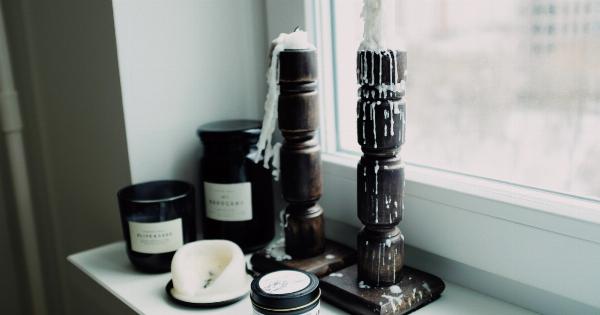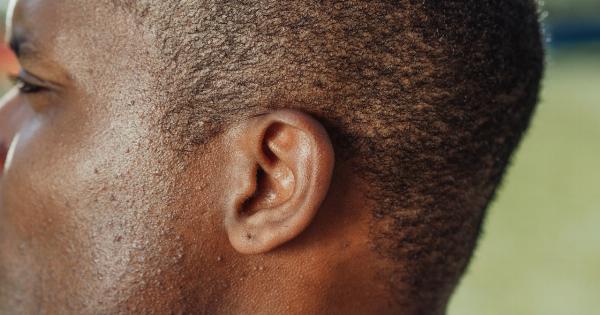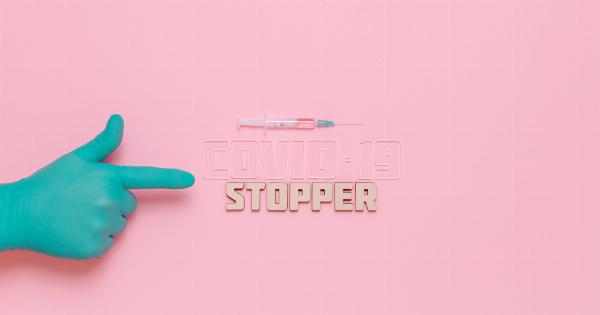For years, we have been using cotton swabs to clean our ears, but there are many reasons why you should stop using them immediately.
Not only can cotton swabs be dangerous, but they also come with several downsides that you can avoid by making the switch to alternative ear-cleaning methods.
The Dangers of Cotton Swabs
The most significant danger of cotton swabs comes from the fact that people tend to insert them too far into the ear canal. This can lead to punctured eardrums, damaged ear tissue, and even hearing loss.
In fact, the American Association of Otolaryngology recommends against using cotton swabs to clean the ears.
Cotton swabs also have the potential to push wax further into the ear canal, leading to blockages and impactions. This can result in ear pain, dizziness, and even temporary hearing loss.
In some cases, impacted wax needs to be removed by a medical professional.
Alternative Ear-Cleaning Methods
There are several alternative methods that you can use to clean your ears safely and effectively without the risks associated with cotton swabs. Here are some of the best alternatives out there:.
1. Ear Irrigation
Ear irrigation involves using a solution to flush out wax and debris from the ear canal. This can be done at home using an ear irrigation kit or by a medical professional.
Ear irrigation is safe and effective, but it is not recommended for people with a history of ear infections or those with a perforated eardrum.
2. Hydrogen Peroxide Drops
Hydrogen peroxide drops are a safe and effective way to break up earwax and loosen debris in the ear canal. They should be used as directed and should not be used in people with a perforated eardrum or those who have had ear surgery in the past.
3. Ear Picks
Ear picks are small tools that can be used to remove earwax from the ear canal. They need to be used with caution and should never be inserted too far into the ear canal to avoid injury.
4. Ear Candling
Ear candling involves inserting a hollow candle into the ear canal and lighting the other end of the candle. The heat from the candle is supposed to melt and remove ear wax.
However, there is little scientific evidence to support the effectiveness of this method, and it can also be dangerous if not done correctly.
5. Medical Treatment
In some cases, medical treatment is necessary to remove earwax or other debris from the ear canal. This may involve the use of specialized tools or suction to safely remove earwax or other blockages.
The Downsides of Cotton Swabs
In addition to the dangers associated with cotton swabs, they also come with several downsides that can be avoided by switching to alternative ear-cleaning methods:.
1. They Can Cause Irritation
The cotton fibers in cotton swabs can cause irritation to the delicate skin inside the ear canal. This can lead to itching, pain, and even infection in some cases.
2. They Can Push Wax Deeper Into the Ear Canal
As mentioned earlier, cotton swabs can push earwax deeper into the ear canal, leading to impaction and blockages. This can be particularly problematic for people who produce a lot of earwax or those who wear hearing aids or earplugs.
3. They Can Be a Waste of Money
Cotton swabs are not cheap, and considering that there are safe and effective alternatives available, using cotton swabs can be a waste of money.
4. They Are Bad for the Environment
Cotton swabs are not biodegradable, meaning that they can sit in landfills for years without breaking down. This can have a negative impact on the environment and contribute to pollution and waste.
Conclusion
Cotton swabs are not a safe or effective way to clean your ears. There are several alternative methods available that are safer, more effective, and more environmentally friendly.
By making the switch from cotton swabs, you can avoid the risks associated with them and enjoy cleaner, healthier ears.
